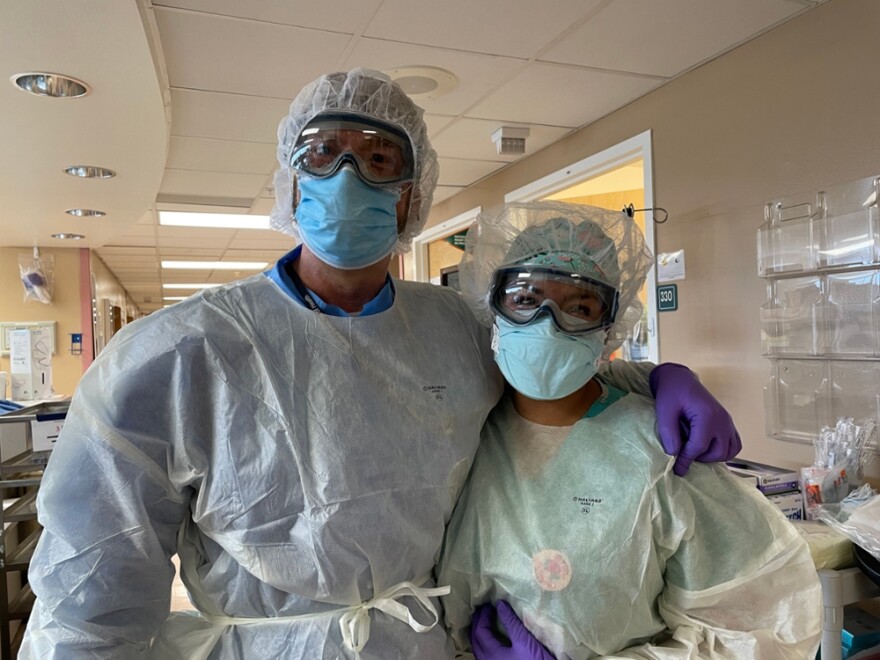Researchers at the University of New Mexico have found that COVID-19 hit American Indian and Alaska Native patients hard — even inside the university’s hospital.
The researchers met with around 500 patients of various races and ethnicities who were admitted with COVID-19 infections from 2020 to 2021. They found a disproportionate number of Indigenous individuals were admitted both in and outside of the ICU. The research was published in the Proceedings of the National Academy of Sciences Nexus journal in August.

“The study originally did not set out to parse people into race and ethnicity, but rather, when that signal was observed with a disproportionate level of disease, then we started looking at demographic variables,” said DJ Perkins, the director and professor of medicine at the university’s center for global health.
More than half of the Indigenous patients developed severe COVID-19. They also stayed twice as long at the hospital and were more likely to be put on a ventilator. These trends were also true on a national scale, according to Perkins.
Perkins said even though this group had low rates of other conditions that could exacerbate the virus — like smoking or sleep apnea — they still faced a high risk.
“The strongest predictor of severe disease and it was about three-fold higher, was self-identif[ying] as American Indian, Alaska Native,” Perkins said. “And there was a twofold higher mortality rate [from COVID in the hospital] in individuals who self-identify as being AIAN.”

The study also found that vaccination rates were not a factor, as reservations were some of the first places to receive the COVID-19 vaccine.
There are many “unmeasured social determinants” that could be impacting these statistics, according to Perkins. They include a higher rate of Indigenous families living in groups, a lack of access to health care facilities, and poor living conditions created by forced government relocation to reservations.
Researchers said the patterns found in this study were similar to those in the 1918 influenza pandemic and the 2009 H1N1 influenza pandemic.
Perkins believes the number of vaccinated people in the U.S. has created more of an immunity to the disease, despite recent jumps in COVID-19 cases. Still, he thinks that making booster shots and testing sites more readily available is one way to turn the numbers around.
This story was produced by the Mountain West News Bureau, a collaboration between Wyoming Public Media, Nevada Public Radio, Boise State Public Radio in Idaho, KUNR in Nevada, KUNC in Colorado and KANW in New Mexico, with support from affiliate stations across the region. Funding for the Mountain West News Bureau is provided in part by the Corporation for Public Broadcasting.






